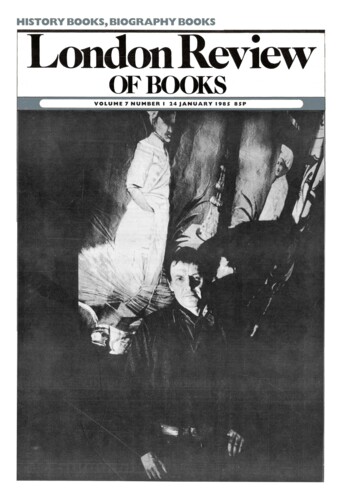Planes, Trains and SUVs: James Meek
Jonathan Raban, 7 February 2008
James Meek’s last, bestselling novel, The People’s Act of Love, published in 2005 to great critical acclaim, was set in 1919, in ‘that part of Siberia lying between Omsk and Krasnoyarsk’. Anglophone readers who can locate ‘that’ part of Siberia without a good atlas deserve spot prizes. The historical date and exotic location gave Meek a fictional and cultural space in which extraordinary events and people could seem believable, when placed inside a landscape rendered in exact and first-hand detail. Things are possible between Omsk and Krasnoyarsk in 1919 (as they used to be in first-century Palestine) that would raise eyebrows were they reported now in, say, Camden Town or Virginia. It’s a tribute to Meek’s skill as both a realist and a determined unrealist that he could seemingly invent a strange Christian sect of self-mutilated castrates and a cannibal who takes along a green companion on his journey lest he run short of food along the way, and then reveal in an afterword that such practices were well documented in the Russia of the time – which is rather like finding a footnote to One Hundred Years of Solitude directing one to a peer-reviewed article about inexplicable ascensions by means of bedsheets in Colombian villages.



